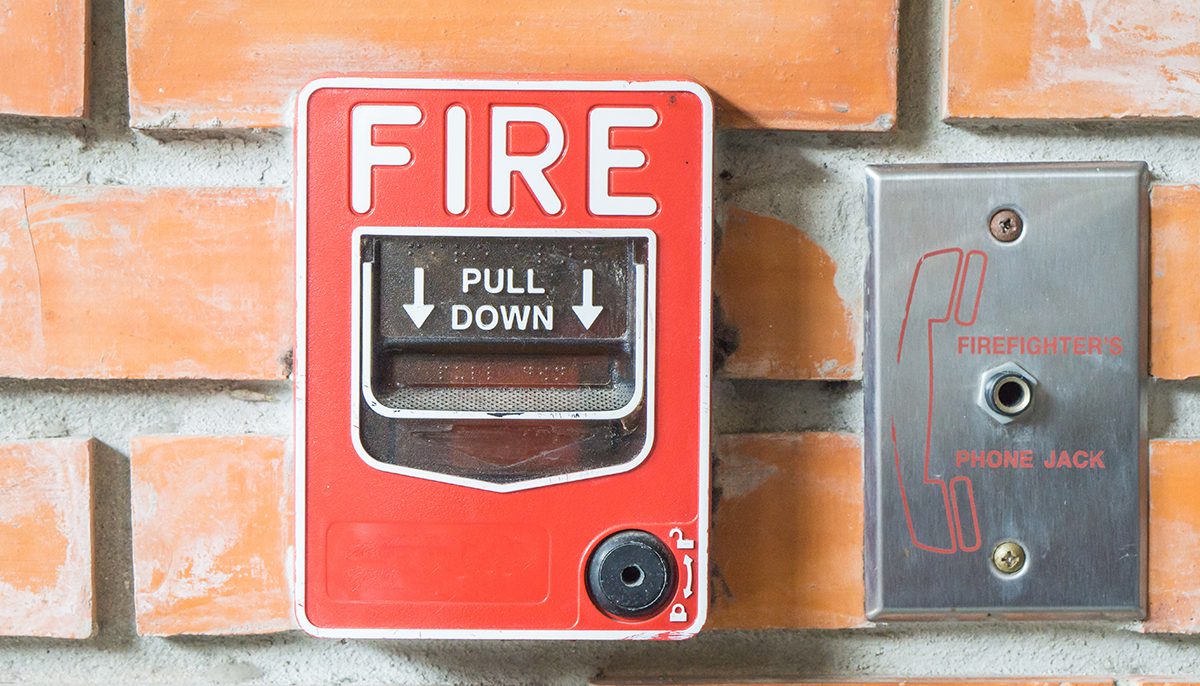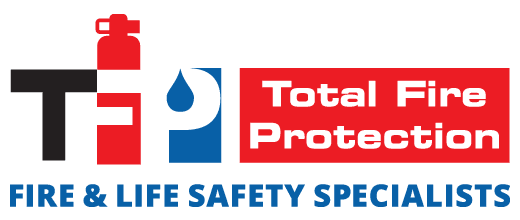 There are many fire sprinkler suppression systems available. And some sprinkler systems are better for certain buildings than other ones. There are also certain National Fire Protection Association (NFPA) standards building owners must follow with regard to their sprinkler systems. Two of the main standards for fire sprinkler systems include the NFPA 13 and NFPA 13R. So, which standard does your building fall within and what’s the difference between the two?
There are many fire sprinkler suppression systems available. And some sprinkler systems are better for certain buildings than other ones. There are also certain National Fire Protection Association (NFPA) standards building owners must follow with regard to their sprinkler systems. Two of the main standards for fire sprinkler systems include the NFPA 13 and NFPA 13R. So, which standard does your building fall within and what’s the difference between the two?
What is NFPA 13?
The main purpose of the NFPA 13 standard is to protect life and property. A building that has fire safety precautions in place under this protocol is a fully-sprinklered property. Under NFPA 13, the property has sprinklers throughout the area, including areas not normally occupied by people, such as closets and attics.
What is NFPA 13R?
NFPA 13R facilities are ones that are partially-sprinklered. Therefore, they’ll provide life safety but only offer moderate protection for the property itself. An NFPA 13R building will enable the occupants to escape if there’s a fire but it may not protect the entire building.
Pros and Cons of Each Option
With an NFPA 13 requirement, you have protection for both people and property, which is a benefit. However, you will have to add more sprinklers than you would with an NFPA 13R property. On the flip side, if you own a building that can comply with the NFPA 13R requirements and only be partially sprinklered, you may not save all of the building components but you’ll still provide for the safety of the individuals. You will add fewer sprinklers in this type of building, which may save time and money on fire safety products.
Building Types Recommended for Each
Although the exact standard each building must follow depends on individual circumstances, there are certain types of buildings that may fall under each category. Some examples of NFPA 13 buildings might include:
- Nursing homes
- Patient rooms in hospitals
- Multi-story residential buildings
With regard to the NFPA 13R standard, buildings that follow this protocol may include:
- Apartment buildings
- Hotels and motels
- Single family homes that are larger in size
Whatever type of building you own, make sure it complies with the right standard: the NFPA 13 or the NFPA 13R.

